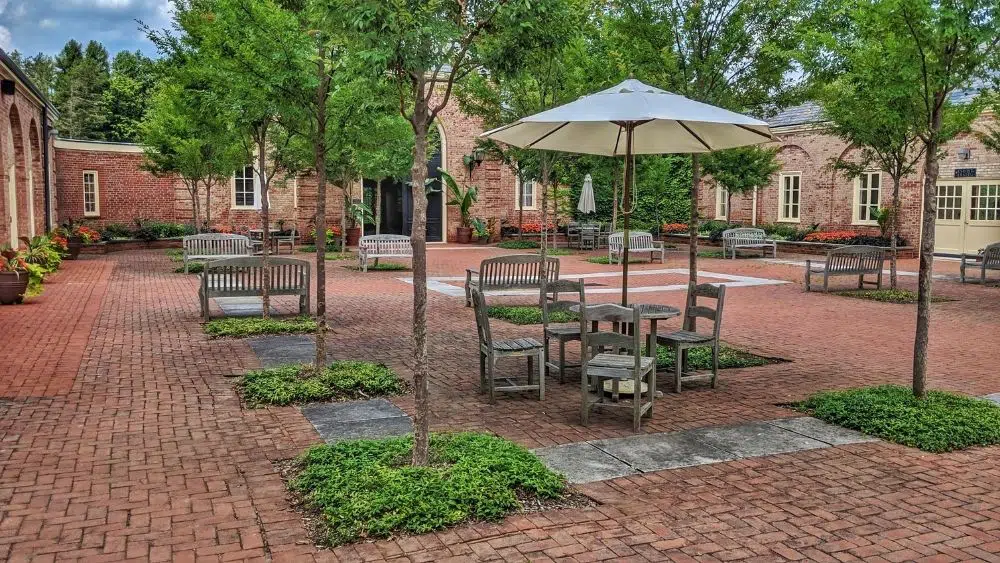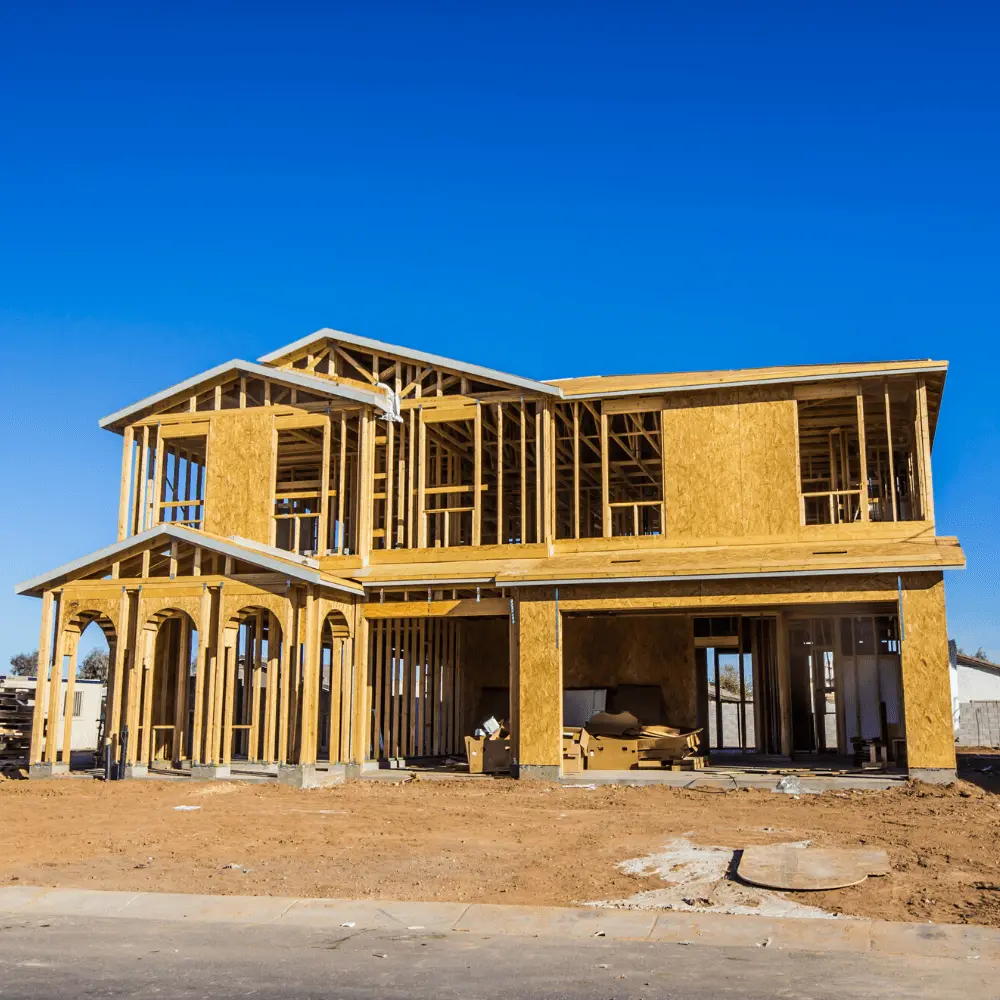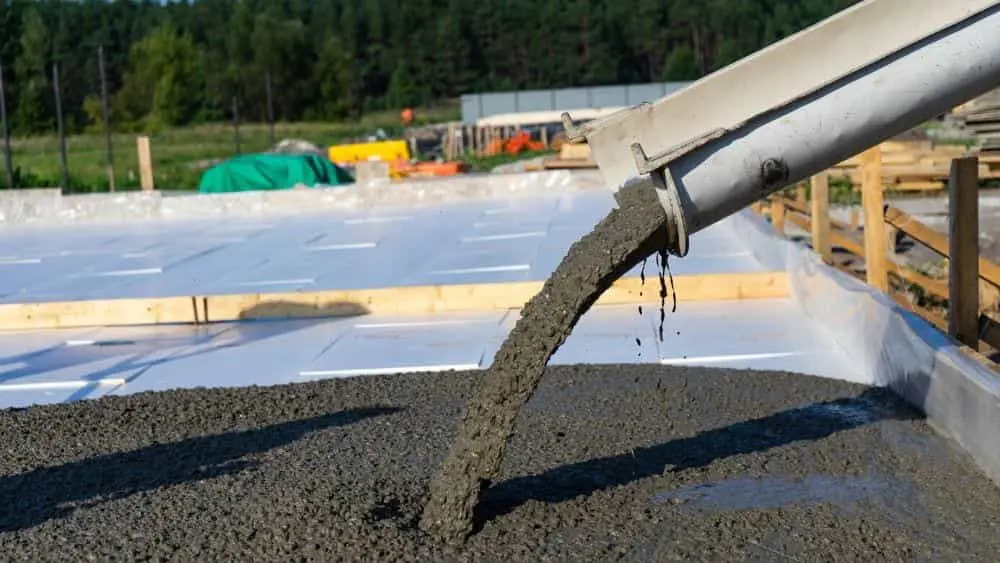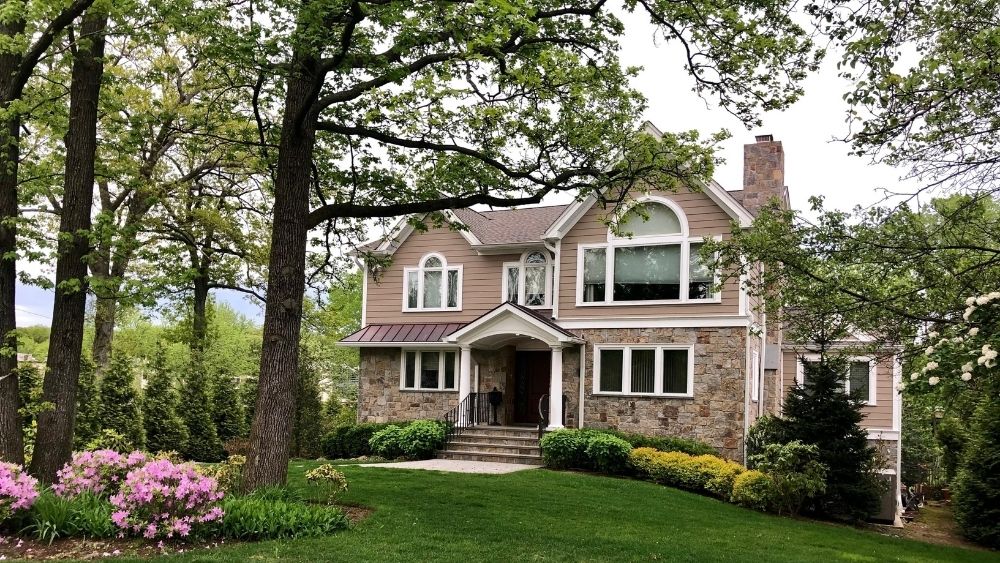
While often overlooked for the glamour of the Northeast or the sunny beaches of the West Coast, the state of Ohio contains an assortment of breathtakingly beautiful natural scenery and stunning metropolitan areas. Close enough to the convenient luxuries of the city while breathing in the calm of the countryside, Ohio is the perfect place to raise a family or age gracefully.
When you’re looking for a place to settle in and put down roots, Ohio offers plenty of urban, suburban, and rural areas. If you have a specific idea in mind when you picture your dream home or want a distinctive twist that sets your home apart, consider building a new one. When starting out in the homebuilding process, homebuyers may be initially surprised by the cost of building a new home. But remember, there’s no need to complete any repairs, rehabs, or renovations upon move-in when every inch is personalized to fit your needs. Building a home has great benefits – a prime one is the freedom to design each detail to your exact specification. Every customization will have your personal touch.
It’s important to create a realistic budget and keep it in mind – from start to finish – while working on your project. Make a three-column list of must-haves, can-live-withouts, and deal-breakers. Work off this list and cross-check it with your budget as you go along. Some of your interior additions may be longer-term budget items after move-in, such as large-ticket furniture items and extra eco-friendly upgrades. If your construction budget doesn’t allow it, simply push these purchases back a few years.
Whether you are looking for a place to grow your career or retire, you’ll easily find your perfect fit in Ohio. Here are a few things to keep in mind as you’re starting to build your dream home.
Climate Considerations
Ohio’s climate is known for its considerably large seasonal variability. Chilly, snowy winters and warm temperatures in the summer with high humidity are typical. Warm maritime tropical air masses pass through the region, bringing occasional mild winter days. But it is otherwise quite icy in January and February. Homebuyers will want to ensure their home is weatherproofed and well insulated to maintain warmth and keep utilities running efficiently.
Counting the Cost
According to HomeAdvisor, a newly built home in Ohio may cost between $290,000 and $345,000. This will naturally vary by location, size, and additional features. Homeowners can expect to pay approximately $110 to $250 per square foot for new single-family home construction in Ohio.
Construction Timeline

Here is a step-by-step guide for building your new house in Ohio.
Purchase a Lot
The first step in building a house is buying land. Ohio has one of the highest costs of land per acre in the U.S. –specifically, it’s the 9th-most expensive acreage, ranking just below the Northeastern states and California. In 2022, new home builders in Ohio can expect to pay an average of $34,000 – $36,000 for land. This cost varies by location: metro, suburban, or rural area. For reference, a football field is 1.32 acres.
If you already own the land, then you’re one step ahead of the game! If you’re still looking for land, consider consulting a local realtor to help you find a lot that fits your unique preferences and budget. Local professionals are a wealth of knowledge when it comes to finding the perfect site and closing the deal at a great price.
Permits, Paperwork, and Patience
Building a home takes time and a good deal of patience. It’s important to connect with your contractor early in the process to discuss the process of obtaining any necessary building permits. A general contractor will usually be the most knowledgeable on required permits for your area and may even file them on your behalf. Failure to obtain the paperwork will delay construction and tack on additional costs the longer you wait.
In Ohio, you must have at least three building permits to begin construction on your new home: an occupancy permit, a utility permit, and a septic permit. There may be additional permits based on city or county regulations. Ohio home builders should plan on paying between $500 and $2,000 for permits, a site inspection, and connection fees. Check local government websites such as Ohio.gov for up-to-date info.
Site Prep
After securing the land and permits, homebuyers may need to do a little extra work to get the lot prepared for construction. Site preparation usually costs between $1,500 and $5,000. This could include soil testing, land excavation or grading, and any surveyor fees. If your lot needs extensive leveling, the costs could jump drastically, so that’s just something to keep in mind when shopping for the perfect piece of land.

Laying a Firm Foundation
You will want to discuss the best type of foundation your home will require with your builder; certain types of foundation (basement, crawlspace, or slab) may be more suitable for the area’s climate. A concrete slab may cost $10,000, but other foundations will likely have a higher price tag.
Labor
Labor costs typically make up a large portion of home construction. The typical cost in recent years in Ohio has been between $40,000 and $45,000 and includes framing, roof, siding installation, and possibly painting.
Materials
Materials costs, especially in recent years, have been increasing rapidly. The bulk of materials typically ranges between $100,000 and $110,000 for wood, brick, concrete, vinyl, and nails. As the price of lumber continues to increase, this could climb higher.
Major Systems
After building the frame and filling out the structure of the home, it’s time to install the major mechanical systems. The cost to connect and activate the plumbing, sewer, electrical grid, and any major appliances including HVAC, can be between $50,000 and $60,000 on average in Ohio.
The Finishing Touches

Interior finishes include all the personal touches that make your new house feel like a home. These often include drywall, trim, painting, cabinetry, countertops, flooring, light fixtures, and any efficiency upgrades. This can vary widely based on homeowner preferences but may cost between $35 and $78 per square foot in Ohio.
Helpful Tips for Building in Ohio
Finally, here are some additional items of importance to a new Ohio home buyer.
Closing Cost Incentives
Many cities and states offer regionally based financial assistance to first-time and repeat buyers. Investing some time on a little research could save you serious cash in down payments and closing costs. Learn more online about Ohio down payment and closing cost assistance programs before you break ground to potentially save a grand or more.
General Timeline
Building a home in Ohio usually takes around seven months. This is dependent on how much progress has been made in land acquisition and site preparation.
Build Your Ohio Home
Building a new house is a huge step in your journey towards your dream home. When you start the process, fire up your imagination. Create milestones throughout the journey (like obtaining the appropriate building permits or having your first key made!) and be sure to celebrate them along the way. The process becomes much more fun when you can relax and enjoy every moment of the adventure!

Melanie Theriault is a writer, counselor, and lifelong learner. She holds a B.A. in Sociology from Southwestern University, where she discovered her passion for fostering human connection through storytelling.
 How to Build a House in California
How to Build a House in California
David Hulet
I would like to build a new house on my the property i own that my previous house was burned down on Albert St. in Toledo, Ohio. I have drawn up preliminary drawings to scale, and I have 30 years experience in construction and I am capable of doing a lot of the work myself. I would like any help required for finalized drawings, to include requirements for the state of Ohio and city of Toledo. to in include any helpful hints and possible savings due to being a veteran.